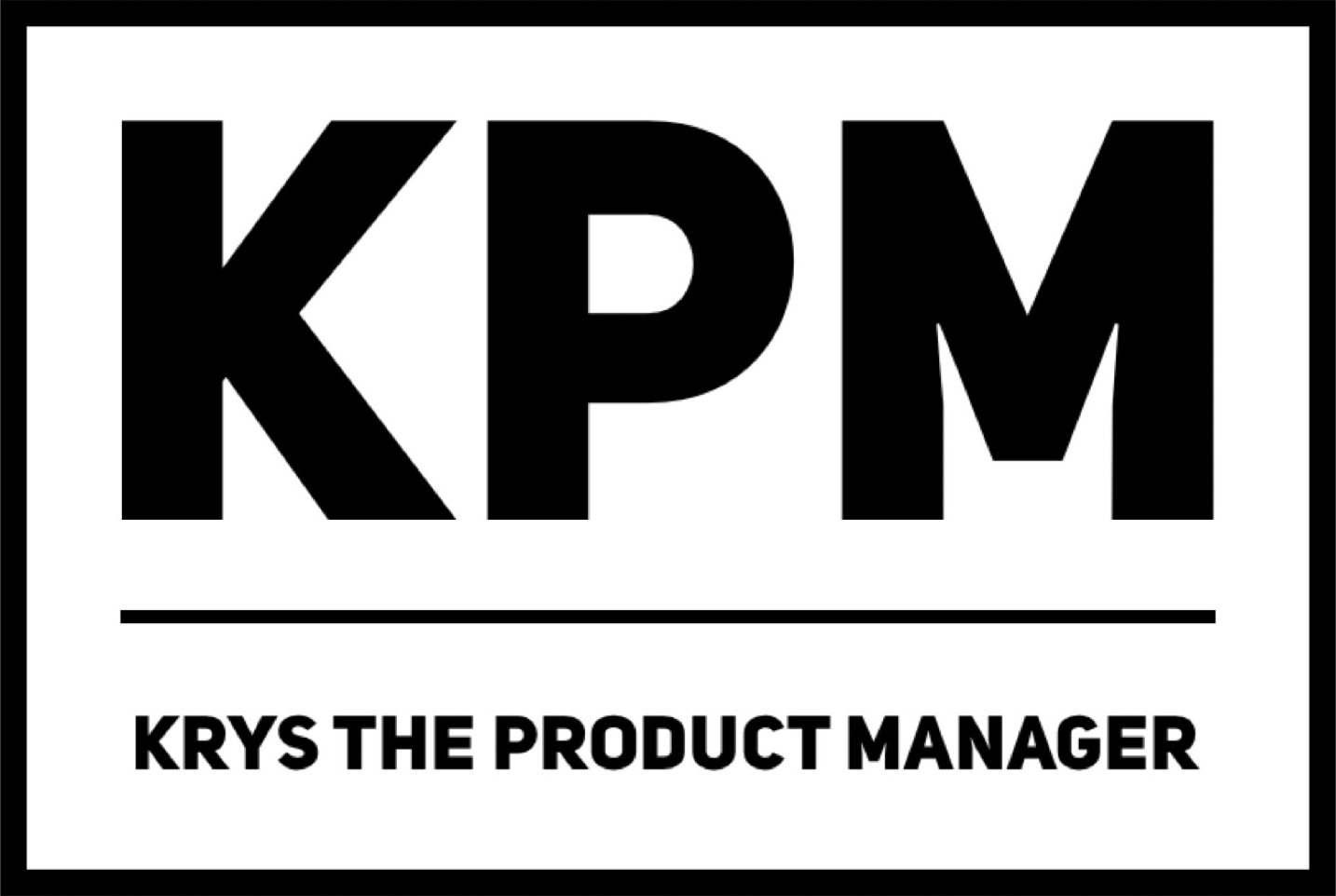Solving problems without understanding your users almost always means you’re building things that no one was looking for.
It’s one of the most crucial lessons I’ve learned over the past 10+ years I’ve served as a product manager.
Product managers are not meant to run feature factories; they’re meant to solve problems that people want solved. I’ve had experience in both scenarios. During my time at a feature factory, the product grew to become overly complex and difficult to onboard customers onto. On top of that, with each feature added, it became increasingly more difficult and expensive to maintain and troubleshoot.
In contrast, the times I’ve been managed products for companies whos teams were focused on solving problems (again, that people want to have solved), were the most effective of teams I’ve ever seen. Marketing was clear on positioning. Development/engineering had an easier time scaling the codebase. Customers didn’t need hours of training to learn how to use our products to even begin solving their problems and getting value out of our solutions.
With that in mind, the most common pitfalls I’ve seen product managers make when it comes to empathizing with their users are:
(1) Assuming they “know” the user — Validate your assumptions; don’t assume they’re right without having a conversation about it with your users.
(2) Relying only on data — Data can only tell you what’s happening, but not why. Proper data-driven decision making is founded on a balance between quantitative and qualitative insights.
(3) Confusing customer requests with needs — Be like a doctor. Ask questions and dig into your customers’ situation. If a patient comes asking for a band aid because their finger hurts, your job is to make sure it’s not actually a broken bone. Your customers will often only tell you the symptoms of their painpoints; your job is to find the root cause and solve that.
Engage and empathize with your users; it’s the only way you’ll get a better understanding of what problems they need solved, and thus the only way you can even begin to build (or buy) solutions that people were looking for.
